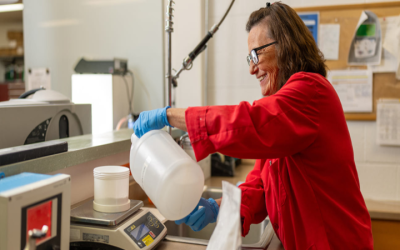If and when spills happen and the material poses an environmental hazard, the results can be catastrophic. The material can rapidly seep into the ground water system or find its way to the nearest stream or river, killing fish and wildlife that lives in or near it. Fortunately, secondary containment makes it less of a potential disaster as it confines any spill to a controlled area. Secondary containment is normal in situations where chemicals, petroleum products or raw sewage is being handled or stored. There are various ways in which a spill can be contained; the method employed depends on the liquid and its potential to cause problems.
Secondary containment of hazardous materials can either be planned for in the construction phase or it can be installed as an afterthought if the situation demands it. In the case of sewage treatment for example, spill containment is all part of the plants design as the treatment process is something which cannot be easily stopped. An overflow or spill can easily happen in the event there is a torrential downpour and the tanks overflow. The containment system holds the untreated sewage until the situation normalizes and treatment can commence as usual. The sewage cannot be allowed to escape the facility as it will get seep into the ground.
Large fuel storage depots also employ secondary containment dikes around the tanks full of petroleum products. The potential of the tank leaking is low but it is not uncommon to have problems with the piping systems which are used to fill and unload the tanks. Should this happen, the earthen dikes will contain any spills. Although there are dikes surrounding the tanks they would have limited value if they were not lined with a fuel and chemical resistant membrane.
There have been a number of innovations over the years to allow for rapid deployment of devices which will contain a spill. An unfortunate but quite common problem is an oil spill from a ship. The oil spells disaster for the environment and its spread must be stopped as quickly as possible. Technology has allowed for the development and rapid deployment of oil booms which float on the surface, containing the spillage within, thus allowing for quick and effective cleanup.



